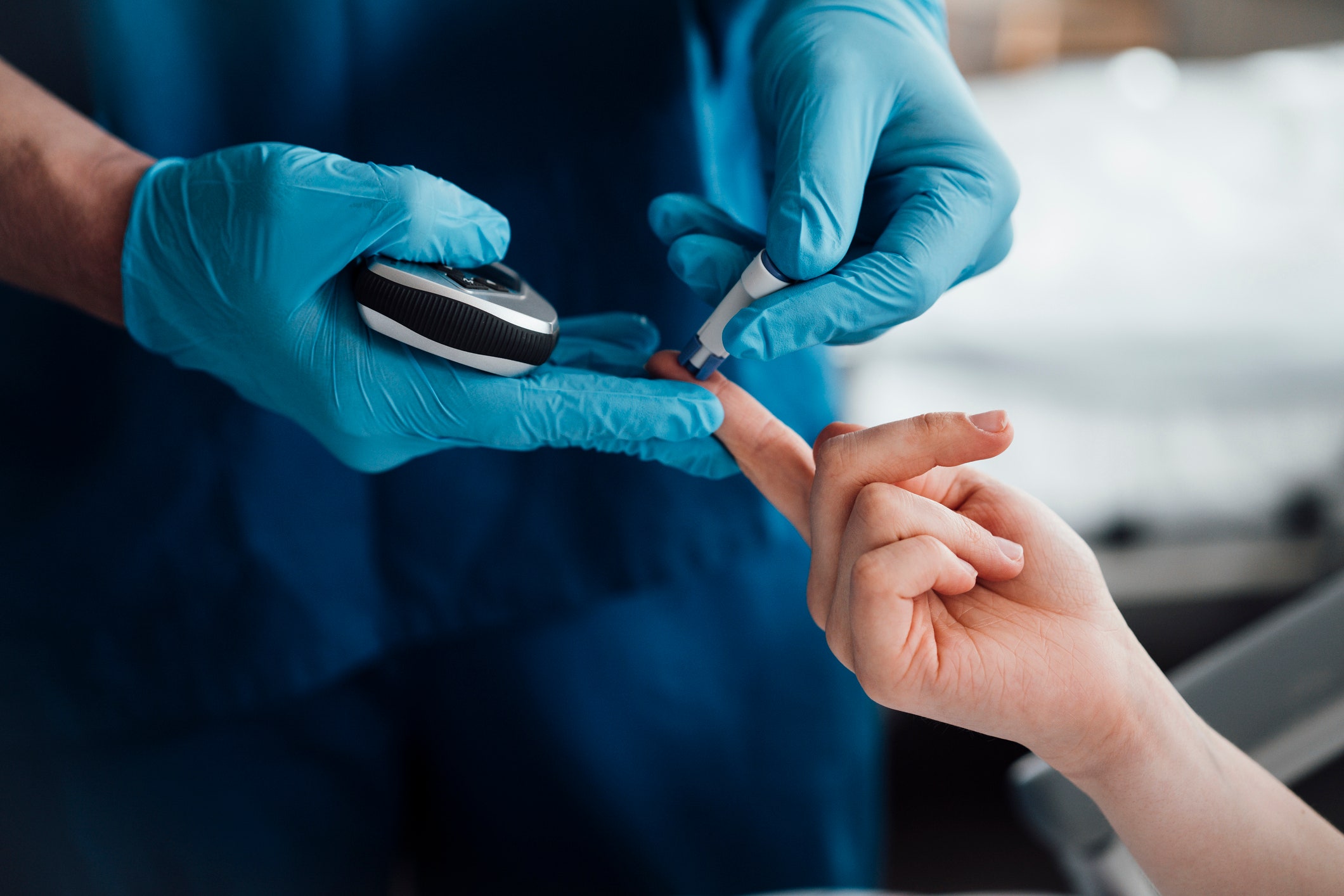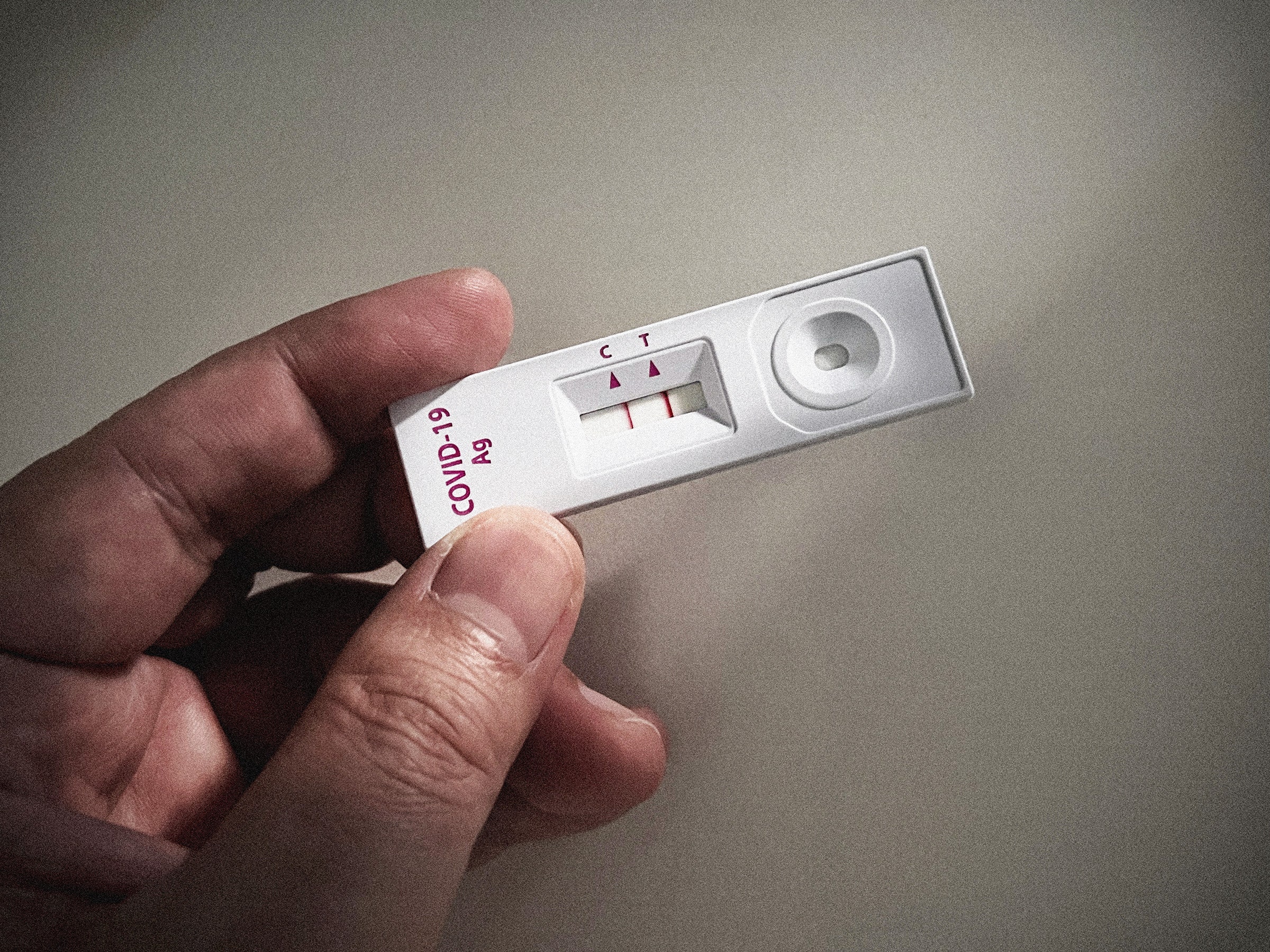Why Women With Type 2 Diabetes Are Diagnosed Later Than Men
Why Women With Type 2 Diabetes Are Diagnosed Later Than Men
When it comes to type 2 diabetes, women are often diagnosed later than men for several reasons….

Why Women With Type 2 Diabetes Are Diagnosed Later Than Men
When it comes to type 2 diabetes, women are often diagnosed later than men for several reasons. One major factor is that women tend to experience different symptoms than men. While men may exhibit classic symptoms like excessive thirst and frequent urination, women may have more subtle signs such as fatigue, weight gain, and hormonal imbalances.
Another reason for delayed diagnosis in women is the healthcare system itself. Studies have shown that women are less likely to be screened for diabetes during routine check-ups, leading to missed opportunities for early detection. Additionally, women are more likely to downplay their symptoms or attribute them to other causes, further delaying diagnosis.
Socioeconomic factors also play a role in the delayed diagnosis of type 2 diabetes in women. Women, especially those from lower-income backgrounds, may have limited access to healthcare services or face barriers to receiving timely medical care. This can result in delayed diagnosis and management of the disease.
Furthermore, gender bias in healthcare can impact how women with type 2 diabetes are treated. Research has shown that women are less likely to receive aggressive treatments or interventions compared to men, leading to poorer outcomes and delayed diagnosis.
In order to address the gender disparities in the diagnosis of type 2 diabetes, it is crucial for healthcare providers to be more aware of the differences in symptoms between men and women. Additionally, screening guidelines should be updated to ensure that women are not overlooked during routine check-ups. Educational campaigns aimed at raising awareness about diabetes in women can also help improve early detection and management of the disease.
Overall, the delayed diagnosis of type 2 diabetes in women compared to men is a complex issue that requires a multifaceted approach to address. By improving access to healthcare services, raising awareness about the symptoms of diabetes in women, and addressing gender bias in healthcare, we can work towards reducing the disparities in diagnosis and treatment of type 2 diabetes.




